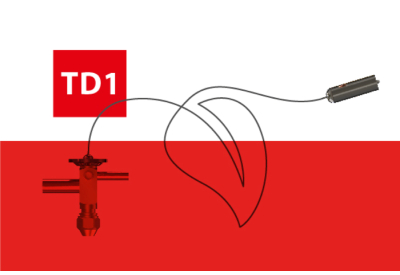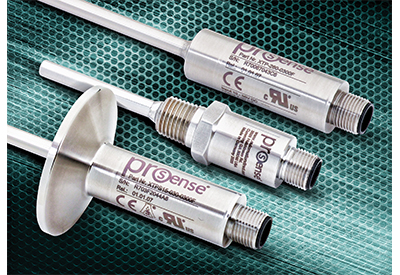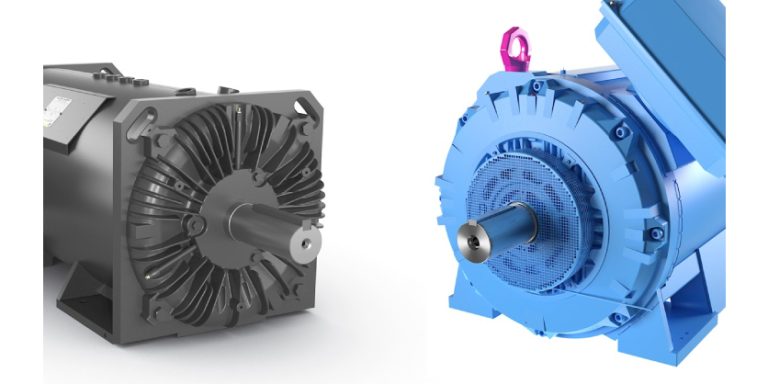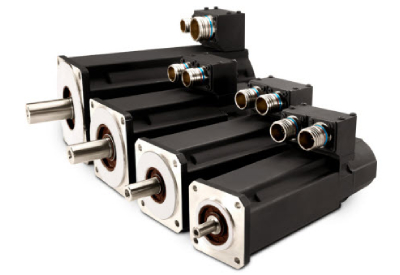Danfoss’ TD1 Thermostatic Expansion Valve Now Has a Sustainable Stainless-Steel Design

March 1, 2022
Built on a foundation of precise superheat control, the Danfoss TD1 thermostatic expansion valve now features a more sustainable stainless-steel capillary tube and sensing bulb. As part of our industry-leading portfolio of low- and ultra-low GWP compliant solutions, the TD1 delivers up to 15% more energy savings and up to 20% reduction in pull-down time under actual operating conditions compared to capillary tubes.
Known for its high efficiency and quality, the TD1 thermostatic expansion valve is engineered to control liquid injection into small capacity evaporators for commercial refrigeration applications such as glass door merchandisers, commercial fridges and freezers, walk-in cold rooms, ice machines, ice cream cabinets, and refrigerated beverage dispensers.
The TD1 range now features a capillary tube and sensing bulb both made of stainless steel—which will be standard across all Danfoss TXVs with UL approval as of March 2022. In addition to being a more sustainable material than copper, stainless steel is also more adaptable to varying temperatures.
Designed for real-life conditions
Compared with standard capillary tubes, thermostatic expansion valves have a huge advantage: namely, the ability to adapt to varying cooling conditions for efficient superheat control.
This allows OEMs to build more energy-efficient and reliable solutions that meet A3 refrigerant regulations and reduce development overhead costs. At the same time, it significantly increases food quality and safety.
With technical support for product selection and unit testing, we’re committed to ensuring a smooth transition to the TD1 thermostatic expansion valve.
Tried and tested: The TD1 valve is proven to boost energy efficiency while optimizing development costs
Thorough testing performed in the Danfoss ADC (Application Development Center) has shown substantial gains from choosing the TD1 thermostatic expansion valve over a capillary tube.
Based on GDM and CFF tests under actual operating conditions, the TD1 delivers up to 15% energy savings at varying ambient temperatures compared to a capillary tube optimized for pull-down conditions or for unit design conditions. And the valve reduced pull-down time with up to 20% against a capillary tube sized for operation at setpoint.
Development benefits include faster time-to-market with a simpler manufacturing process combined with less time needed for design and testing. Also, A3 compliance enables an easy transition to low- and ultra-low GWP refrigerants.
Part of our complete portfolio of A3-ready solutions
The stainless-steel design change in the TD1 range reinforces Danfoss’ sustainability focus and its support for the green transition with a broad portfolio of A3-compatible condensing units, compressors, and components. Combined with frontline knowledge and experience, we remain committed to helping you make the A3 transition at your own pace.
For more information about the TD1 thermostatic expansion valve, visit the product page here






